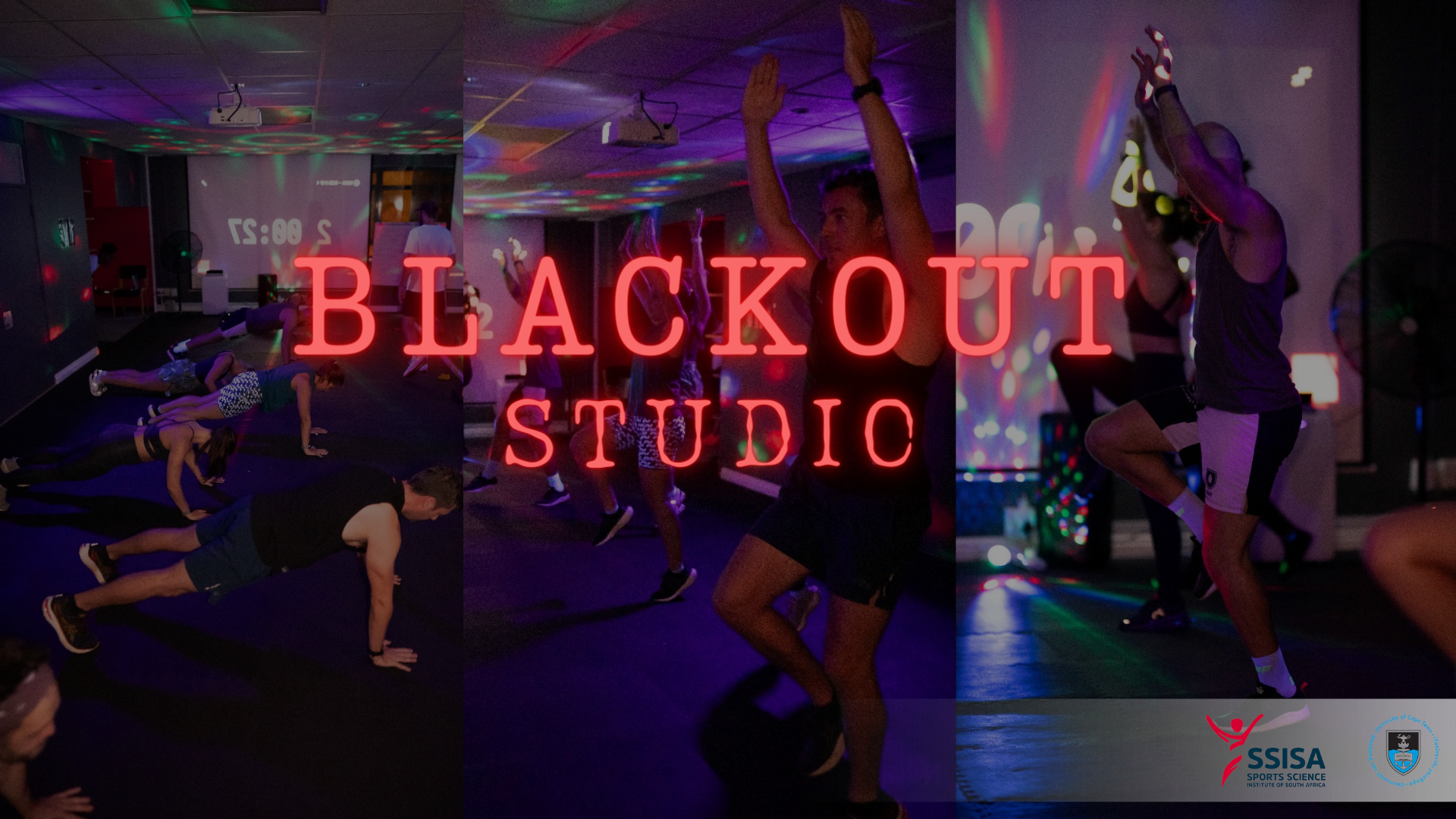Embrace the burn, Redefine your limits! SSISA launches the new BLACKOUT Studio

High Intensity Interval Training (HIIT), alongside other types of training such as Yoga and Strength Training, have been described as “revolutionary” with respect to gains in physical prowess, performance and bodyweight management. HIIT is at the forefront of fitness trends and continues to gain popularity in various parts of the world. SSISA now officially introduces BLACKOUT.
HIIT involves alternating short bursts of intense exercise with brief periods of rest or low-intensity recovery, challenging both the aerobic and anaerobic energy systems (1), resulting in a myriad of benefits that extend far beyond the confines of the gym. One of the stand out features of BLACKOUT is its efficiency. Research shows that just a few sessions of HIIT per week can lead to significant improvements in cardiovascular health, endurance and overall fitness levels, making it stand out for those looking for maximize results with minimal time for exercise. HIIT can safely be done on its own, or serve as complimentary to regular training regimens for most populations.
Evidence suggests that HIIT, when compared to moderate-Intensity cardiovascular training (MICT), has similar or better influences on ventricular and endothelial function (2) and peak rate of oxygen consumption (VO2peak) (3). Although there is ample evidence indicating that HIIT is more advantageous for body composition and cardiorespiratory fitness than MICT for all age groups, HIIT has shown positive results among individuals with obesity (4), cardiovascular disease (2), metabolic syndrome (3), type 2 diabetes (5), hypertension (6), and sarcopenia (7). HIIT can achieve more improvement in abdominal obesity and aerobic ability than MICT (8).
HIIT with body weight requires nothing more than your own determination and resolve. A typical BLACKOUT class will include explosive plyometric movements to dynamic bodyweight exercises. All exercises prescribed can be easily modified to accommodate individuals of all fitness levels, making it accessible to beginners and seasoned athletes alike. But perhaps the most compelling aspect of our BLACKOUT classes lies in its profound physiological effects. Unlike traditional steady-state cardio, which primarily targets the aerobic system, HIIT, in our case BLACKOUT, stimulates both aerobic and anaerobic pathways, leading to enhanced fat burning, increased metabolic rate, and improved muscular endurance.
However, it's important to acknowledge that HIIT may not be suitable for everyone. Individuals with certain medical conditions or physical limitations should exercise caution and consult with a healthcare professional before embarking on a HIIT programme. Pregnant women, individuals with cardiovascular issues, and those recovering from injuries may need to modify their workouts or explore alternative forms of exercise.
So, whether you're a seasoned athlete or a newcomer to the world of exercise, why not take the plunge and experience the transformative power of HIIT for yourself? Your body will thank you. Sign up here!
References:
1. Atakan MM, Li Y, Koşar ŞN, Turnagöl HH, Yan X. Evidence-based effects of high-intensity interval training on exercise capacity and health: A review with historical perspective. Vol. 18, International Journal of Environmental Research and Public Health. MDPI; 2021.
2. Guiraud T, Nigam A, Gremeaux V, Meyer P, Juneau M, Bosquet L. High-Intensity Interval Training in Cardiac Rehabilitation.
3. Morales-Palomo F, Ramirez-Jimenez M, Orteg JF, Moreno-Cabañas A, Mora-Rodriguez R. Exercise training adaptations in metabolic syndrome individuals on chronic statin treatment. Journal of Clinical Endocrinology and Metabolism. 2020 Apr 1;105(4):E1695–704.
4. Andreato L V., Esteves J V., Coimbra DR, Moraes AJP, de Carvalho T. The influence of high-intensity interval training on anthropometric variables of adults with overweight or obesity: a systematic review and network meta-analysis. Vol. 20, Obesity Reviews. Blackwell Publishing Ltd; 2019. p. 142–55.
5. da Silva DE, Grande AJ, Roever L, Tse G, Liu T, Biondi-Zoccai G, et al. High-Intensity Interval Training in Patients with Type 2 Diabetes Mellitus: a Systematic Review. Vol. 21, Current Atherosclerosis Reports. Current Medicine Group LLC 1; 2019.
6. Costa EC, Hay JL, Kehler DS, Boreskie KF, Arora RC, Umpierre D, et al. Effects of High-Intensity Interval Training Versus Moderate-Intensity Continuous Training On Blood Pressure in Adults with Pre- to Established Hypertension: A Systematic Review and Meta-Analysis of Randomized Trials. Vol. 48, Sports Medicine. Springer International Publishing; 2018. p. 2127–42.
7. Liu QQ, Xie WQ, Luo YX, Li YD, Huang WH, Wu YX, et al. High Intensity Interval Training: A Potential Method for Treating Sarcopenia. Vol. 17, Clinical Interventions in Aging. Dove Medical Press Ltd; 2022. p. 857–72.
8. Guo Z, Li M, Cai J, Gong W, Liu Y, Liu Z. Effect of High-Intensity Interval Training vs. Moderate-Intensity Continuous Training on Fat Loss and Cardiorespiratory Fitness in the Young and Middle-Aged a Systematic Review and Meta-Analysis. Vol. 20, International Journal of Environmental Research and Public Health. MDPI; 2023.

